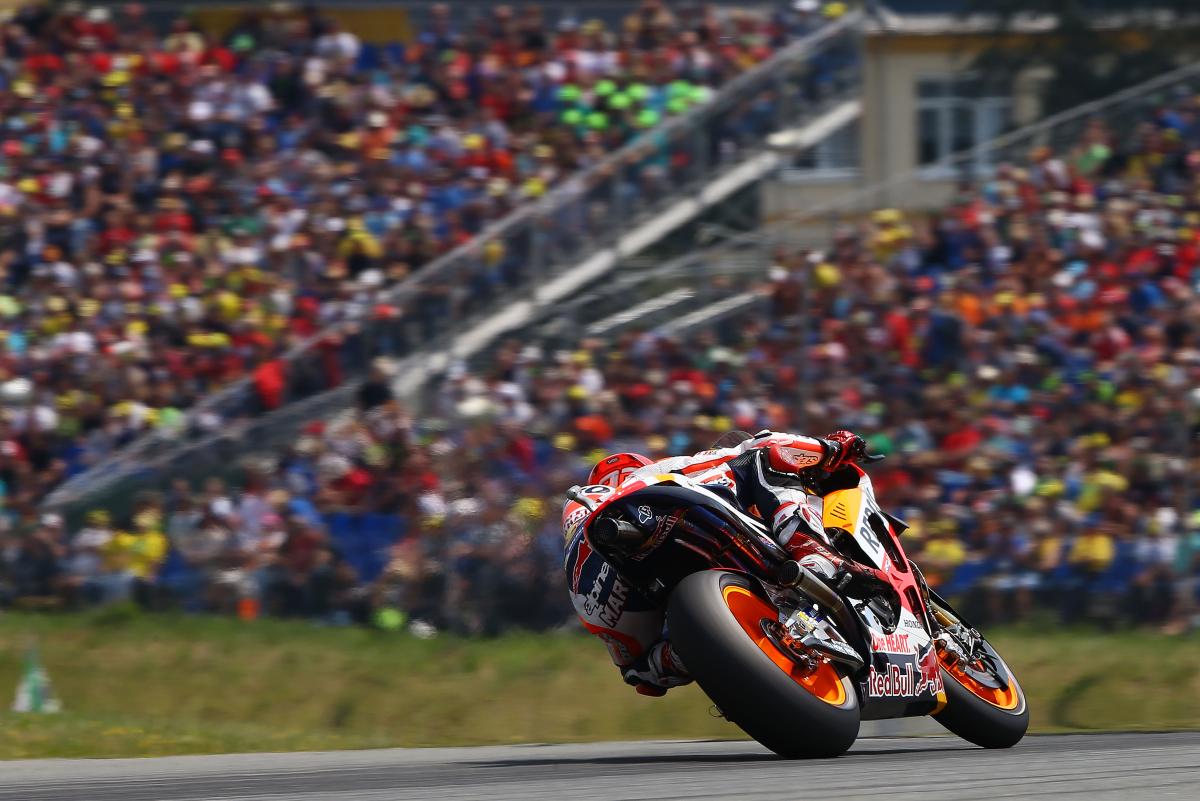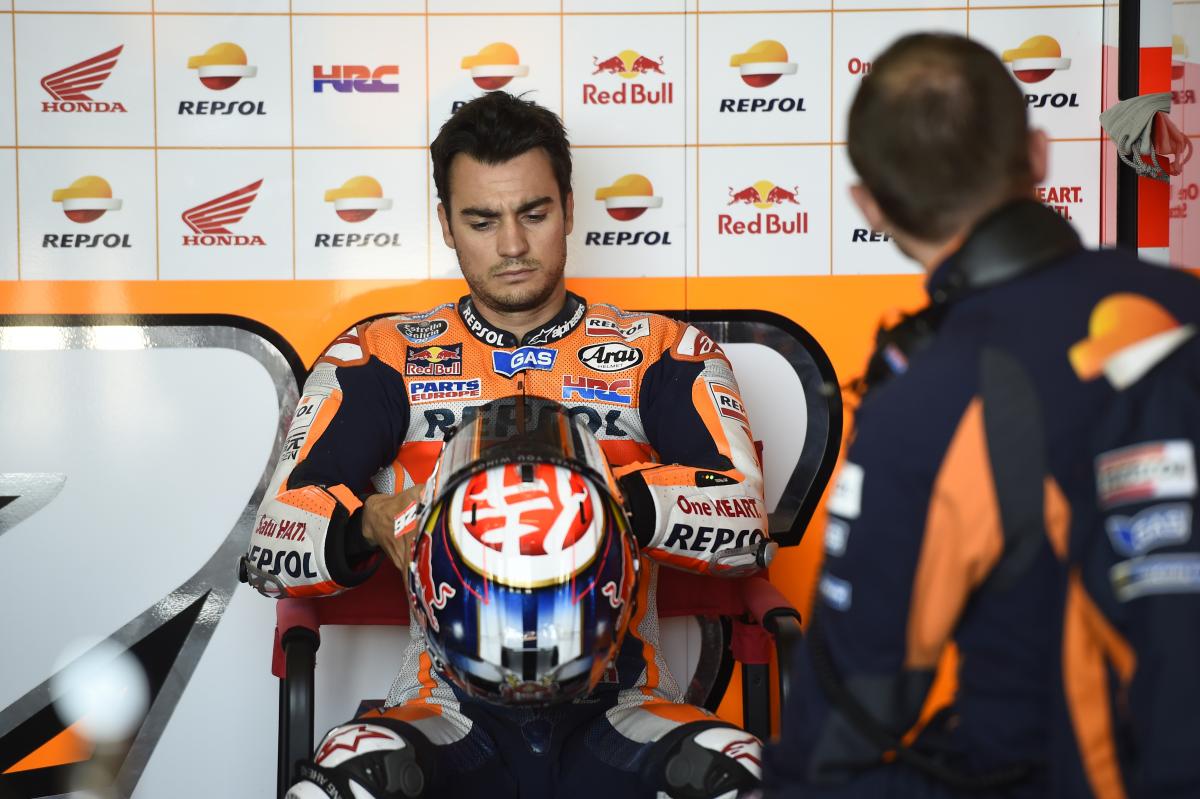Should riders have radios in MotoGP?

Confusion over when to pit and which tyres to use in Sunday's Sachsenring race reignited the debate on whether F1-style radio communication should be allowed in MotoGP.
Flag-to-flag rules introduced in 2005 mean that races are not stopped due to weather changes. Riders are instead given the option to pit and switch to their spare bike, fitted with different tyres.
The timing of any pit stop is down to the rider and the only way that teams can communicate with their riders during a race is via the pit board.
Having waited too long before pitting at both Misano 2015 and Germany 2016, Valentino Rossi was perhaps unsurprising in favour of radio technology.
"It's not Formula One, but for sure now if we can have direct communication with the pit box it can be a lot more easy," said the Italian, who also highlighted his early race mistake in Assen as an example of when radio communication could be useful.
"Sometimes with the pit board it is difficult, for example if you take Assen, if they say to me that I have already two seconds of advantage, I just have to slow down and I can avoid the mistake.
"So if it's possible have a radio, I don't know why we don't have. Maybe the cost, but can be important to have yes."
However Marc Marquez and Cal Crutchlow, first and second in Sunday's race, felt radios would be the wrong move.
"For me, no, because I cannot imagine leaning into a corner at 200 miles per hour and somebody speaking. This is not cars. For me, no way," said Repsol Honda rider Marquez, whose early pit stop decision paved the way for victory. "You just need to have a good plan before the race.
"In our case everything was clear. In our team we work a lot on these situations after 2013 in Australia [when Marquez was blackflagged for missing the compulsory pit stop]. We work very hard to have everything under control but you never know."
"Could you imagine Beefy [crew chief] in my ear halfway around?" smiled LCR Honda's Crutchlow. "I don't think it would be the best plan. But even worse would be Lucio [Cecchinello] in my ear!
"Honestly I don't think it's a great idea. I would be like Kimi in F1. You could imagine what I would say back! I can understand if you don't see your pit board, but I think we have enough information to make a plan, as Marc said."
Should riders have radios in MotoGP?-- Crash.net MotoGP (@crash_motogp) July 19, 2016
"I didn't know which tyres I had," admitted third place finisher Andrea Dovizioso. "I checked in the pit lane when I went out and in the beginning I thought I had the rain tyre because I saw the line, but it was the intermediate front and the slick rear."
The Italian thinks radios could have a role to play, but overall it is better not to have them. "I think it can be easier to manage everything and can be also better for the safety. But our sport is different than Formula 1 so I think it's better to keep like this" he said.
Race Director Mike Webb said that use of radios had been rejected in the past, but they would be willing to allow them if requested.
"The official position is we're fine with it, if that's what they want to do," Webb said. "We went through trials in the past and pretty much it was rejected by the teams and riders.
"At that time, we were prepared to change the rule that said no communication, if that's what they wanted to do. When they said no, we left the rule alone. So there is not an official objection to it if it is what the teams want to do.
"Maybe the technology is better now. Maybe there's a sensible way of doing it. They were worried firstly by the ability to get a clear signal and a secondary issue was the rider being disturbed at the wrong time.
"So it's up to them. If they request it, we will have a look at it. Now that there is that extra factor of intermediates maybe they'll revisit the radio question. But the idea behind the whole flag-to-flag things is that it is the rider's choice when to pit."
Apart from the technology and distraction factors, the biggest fear surrounding radios in MotoGP is that it could open a can of worms in terms of teams issuing tactical instructions to their riders, including the dreaded 'let your team-mate past' orders in Formula One.


